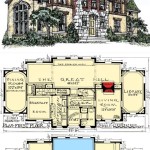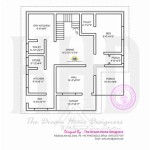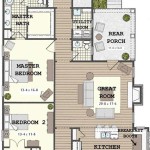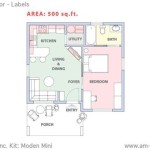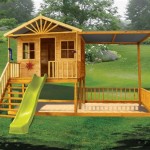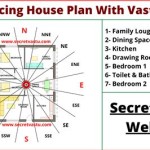Essential Aspects of Commercial Guest House Plans
Creating commercial guest house plans is a crucial step in establishing a successful lodging business. These plans lay the foundation for the functionality, comfort, and overall guest experience of your guest house. Here are some essential aspects to consider when developing your plans:
1. Target Market and Guest Needs
Identify the specific target market you aim to serve. Consider their demographics, travel needs, and preferences. This will influence the design, amenities, and services offered at your guest house.
2. Location and Accessibility
Choose a suitable location that is easily accessible to your target guests. Consider the proximity to transportation hubs, tourist attractions, and local amenities. Ensure adequate parking and accessibility for guests with disabilities.
3. Room Design and Layout
Plan the layout of guest rooms carefully, ensuring privacy, comfort, and efficiency. Consider room sizes, bed configurations, furniture selection, and natural lighting. Include essential amenities such as comfortable beds, spacious bathrooms, and storage space.
4. Common Areas and Facilities
Create inviting common areas that encourage guest interaction and relaxation. Consider a lounge, dining area, outdoor patio, or kitchen facilities. Provide amenities such as Wi-Fi, entertainment systems, and laundry services.
5. Sustainability and Efficiency
Incorporate sustainable design principles to reduce environmental impact. Consider energy-efficient appliances, water-saving fixtures, and sustainable building materials. This not only aligns with modern guest expectations but also minimizes operating costs.
6. Safety and Security
Prioritize guest safety by installing appropriate security measures. Include features such as keyless entry systems, security cameras, fire alarms, and emergency lighting. Establish clear safety protocols and maintain regular maintenance to ensure guest well-being.
7. Sanitation and Hygiene
Maintain exceptionally high standards of sanitation and hygiene throughout the guest house. Implement regular cleaning and disinfection schedules, provide adequate toiletries, and ensure that all linens and surfaces are spotless. This creates a comfortable and hygienic environment for guests.
8. Staffing and Operations
Determine the required staffing levels and develop clear operational procedures. Consider roles such as reception, housekeeping, maintenance, and guest services. Establish training programs and quality control measures to ensure seamless guest experiences.
9. Legal and Regulatory Compliance
Ensure that your guest house plans comply with all applicable building codes, zoning regulations, and health and safety standards. Obtain necessary licenses and permits before construction. Regular inspections and maintenance will help maintain legal compliance.
10. Financial Planning and Projections
Develop a comprehensive financial plan that includes construction costs, operating expenses, revenue projections, and profitability targets. Conduct thorough market research and financial analysis to ensure the feasibility of your guest house venture.
By carefully considering these essential aspects, you can create comprehensive commercial guest house plans that will provide a comfortable, memorable, and profitable lodging experience for your guests.
Best Guest House Design In 2170 Square Feet 201 Architect Org
Guest House Layout Plan Dwg File Free N Design

Guest House Plan

Design Hotels Commercial Building School Map Restaurant Interior Desig Hotel Room Plan Floor

Commercial Projects Resort Development Floor Plans Topsider Homes

Best Guest House Design In 2170 Square Feet 201 Architect Org
Guest House Hotel Design Dwg Detail Plan N

Commercial Projects Resort Development Floor Plans Topsider Homes

Guest House Layout Plan Dwg File Free N Design
Guest House Layout Plan Dwg File Free N Design


